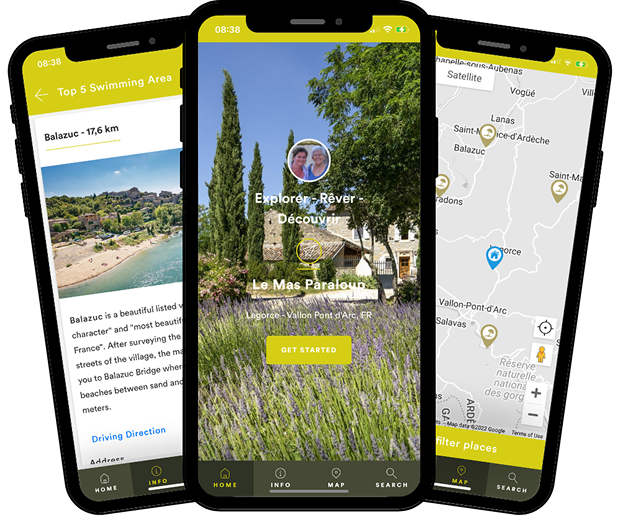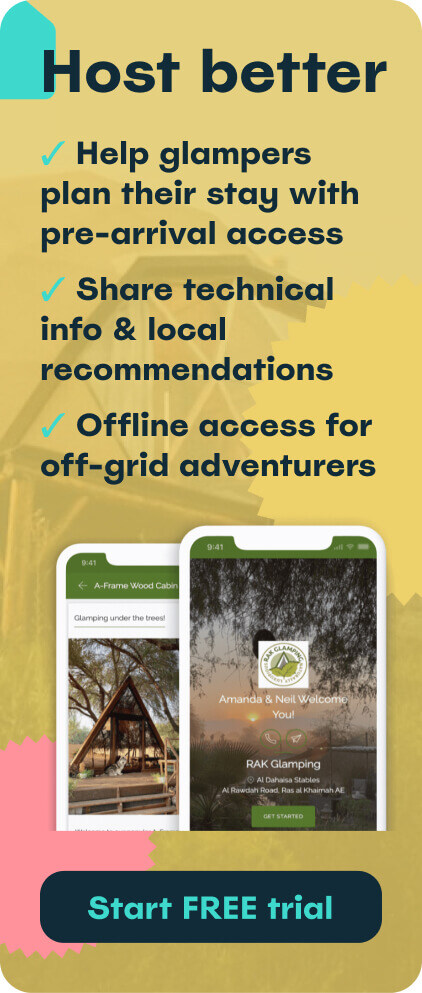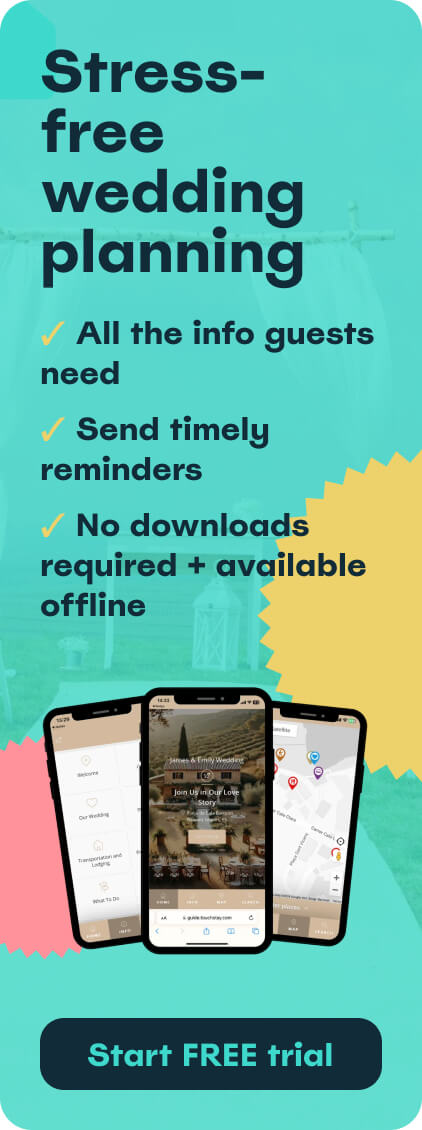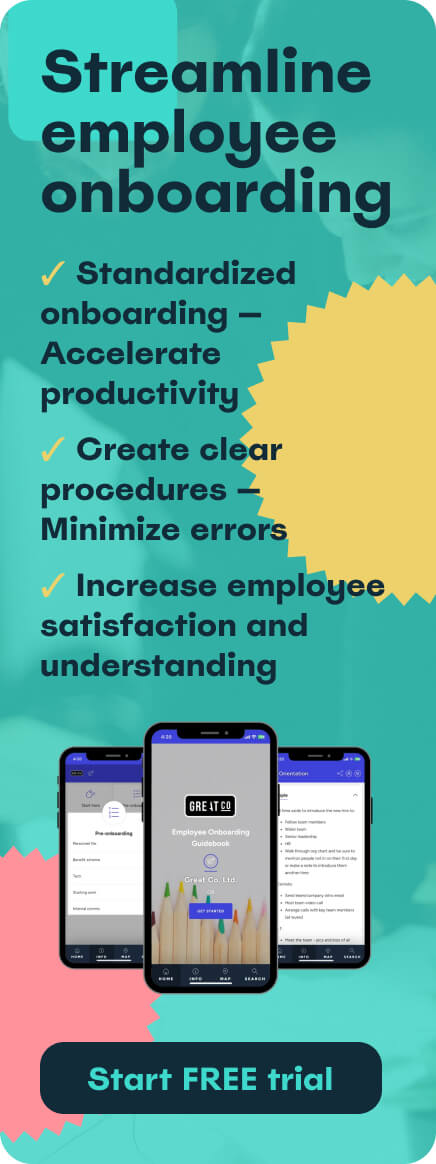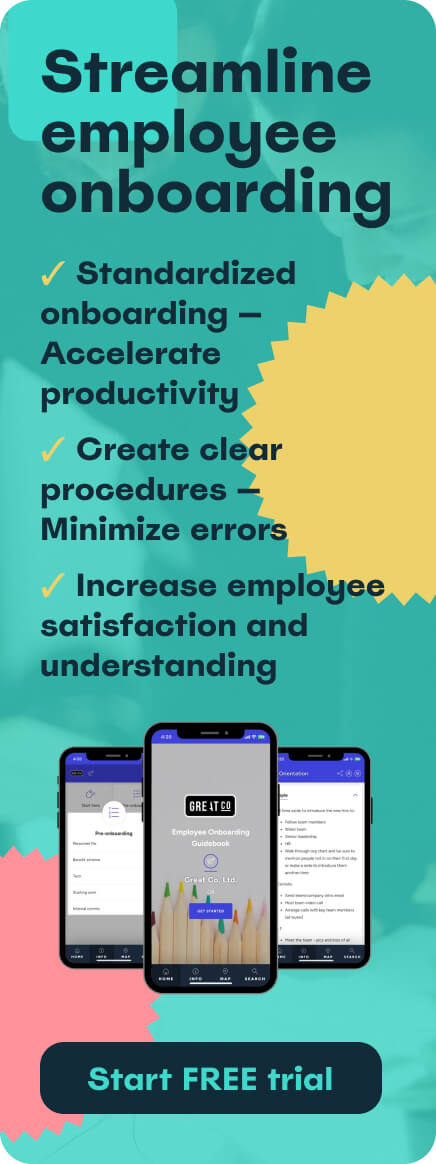The allure of the outdoors, combined with the comforts of home, has propelled backyard and mobile glamping into a thriving niche within the hospitality sector. Whether you're looking to monetise your spare space or embark on a nomadic glamping adventure, understanding the nuances of this business model is crucial.
This blog will guide you through everything you need to know to launch and manage a successful backyard or mobile glamping venture in 2025. From initial costs to guest experience enhancements with a Touch Stay digital guidebook designed specially for glampsites, we've got you covered:
- What is backyard glamping?
- Backyard vs. mobile glamping
- Backyard and mobile glamping: costs and revenue
- What to consider when starting a backyard glamping business
- Equipment for backyard glamping
- 10 best backyard glamping ideas
- How to promote your mobile glamping business
What is backyard glamping?
Backyard glamping represents a fusion of traditional camping and luxurious accommodation, typically set within the confines of a private garden or outdoor space. It offers guests the opportunity to experience the joys of outdoor living without sacrificing modern comforts. Think plush bedding, ambient lighting, and stylish furnishings, all housed within a spacious, weather-resistant tent or alternative structure.
Pro tip: discover more about what is glamping and why it’s the perfect business opportunity.
It’s about creating an escape, a mini-retreat, right on your doorstep. This trend has gained significant traction as people seek unique, accessible holiday experiences closer to home, offering a blend of adventure and relaxation. Guests can enjoy the tranquillity of nature while still having access to home comforts and amenities. Backyard glamping often involves transforming a simple outdoor space into a bespoke retreat, allowing hosts to personalise the experience with unique touches. This could include themed décor, custom-built fire pits, or even outdoor spa facilities.
The appeal lies in the convenience and intimacy of the experience, offering a private escape without the need for extensive travel. The rise of staycations and the desire for unique, personalised travel experiences has greatly increased the demand for backyard glamping.
Thinking of starting a glamping business? Discover more with our full guide here.
Backyard vs. mobile glamping
While both backyard and mobile glamping cater to the desire for a luxurious outdoor experience, they differ significantly in their operational models. Backyard glamping, as described above, is stationary, utilising a fixed location, often the host's own garden.
Mobile glamping, conversely, involves transporting glamping setups to various locations, offering guests a nomadic adventure. This could involve setting up tents in scenic rural areas, at festivals, or even at private events. Mobile glamping requires a greater degree of logistical planning, including transportation, setup, and breakdown. It also offers the advantage of reaching a wider audience and capitalising on seasonal events and locations.
Backyard glamping is more about convenience and utilising existing space, whereas mobile glamping is about providing a curated, location-based experience. Mobile glamping operators need to consider factors such as terrain, weather conditions, and access to essential services like water and electricity.
The ability to adapt to different environments and provide a consistent level of luxury is crucial for success. Mobile glamping can offer a wide variety of locations, and this requires a flexible business model.
Backyard and mobile glamping: costs and revenue
Starting a glamping business, whether backyard or mobile, requires initial investment. For backyard glamping, costs typically include:
| Category | Backyard glamping | Mobile glamping |
| Initial investment costs |
|
All backyard costs plus:
|
| Revenue drivers |
|
|
| Pricing factors |
|
|
| Financial considerations |
|
Same financial considerations plus:
|
| Profit potential |
|
|
- Purchasing a high-quality glamping tent or structure
- Investing in comfortable bedding, furniture, and décor
- Creating an inviting outdoor space, including lighting and seating
- Providing essential amenities like electricity and water access
- Landscaping and creating a private area
- Insurance to cover guests and property
Mobile glamping, in addition, requires:
- A vehicle suitable for transporting equipment
- Portable power solutions and water storage
- A larger inventory of tents and furnishings
- Insurance for transportation and setup, including liability
- Storage space for equipment when not in use
- Maintenance and upkeep of vehicles and equipment
Revenue potential varies depending on location, amenities, and marketing efforts. Backyard glamping can command premium prices, especially in desirable locations or with added luxuries like hot tubs or outdoor kitchens. Mobile glamping revenue is often tied to event bookings and seasonal demand. Rates should reflect the unique experience offered, covering operational costs and providing a healthy profit margin.
It is very important to research local pricing and competitor pricing to create a competitive and profitable rate structure. You should create financial projections, and consider the time it will take to recoup your initial investment. Consider offering weekday discounts to increase occupancy during normally slower periods.
What to consider when starting a backyard glamping business
Launching a successful glamping business requires careful planning and execution. Key considerations include:
- Outdoor hospitality: understanding the nuances of providing exceptional outdoor experiences is crucial. This includes creating a welcoming atmosphere, anticipating guest needs, and providing clear communication. This also includes understanding how weather can affect the guest experience.
- Seasonality: glamping demand can fluctuate depending on the time of year. Consider offering seasonal packages or adjusting rates to maximise occupancy. You can also offer winter glamping, if your equipment is able to withstand the cold.
- Demand: research your target market and local demand for glamping experiences. Identify unique selling points that differentiate your offering.
- Partnerships: collaborating with local businesses, such as restaurants or activity providers, can enhance the guest experience and expand your reach.
- Regulations and permits: ensure you comply with local regulations regarding zoning, permits, and safety standards.
- Insurance: obtain adequate insurance coverage to protect yourself against liability and property damage.
- Guest communication: efficiently managing guest communications before, during, and after their stay is critical.
- Guest experience: creating a memorable and positive guest experience leads to repeat bookings and positive reviews.
- Sustainability: consider sustainable practices, such as using eco-friendly products and minimising waste, to appeal to environmentally conscious guests.
Pro tip: for more information on starting a glamping business, check out our popular guide on starting a glamping business.
Equipment for backyard glamping
To create a comfortable and luxurious glamping experience, you'll need the following equipment:
- Tents and structures:
- Bell tents: spacious and stylish, offering ample room for furnishings
- Yurts: circular structures providing a unique and cosy atmosphere
- Geodesic domes: modern and visually striking, offering panoramic views
- Inflatable tents: easy to set up and dismantle
- Shepherd huts: robust and charming, offering a rustic feel
- Furniture:
- Comfortable beds and mattresses, including memory foam options
- Stylish seating options, such as armchairs and beanbags, and hammocks
- Storage solutions, like chests and shelves, and hanging storage
- Outdoor dining sets, and picnic blankets
- Accessories:
- Ambient lighting, including fairy lights and lanterns, and solar lights
- Rugs and throws for added warmth and comfort, including wool blankets
- Decorative cushions and pillows, and outdoor rugs
- Mirrors and decorative items, and plants
- Bluetooth speakers
- Gear:
- Portable heating or cooling solutions, including fans and space heaters
- Power banks and extension cords, and solar chargers
- Outdoor cooking equipment, such as grills or fire pits, and portable stoves
- Essentials:
- Bedding and linens, including high thread count sheets
- Towels and toiletries, including luxury soaps
- First-aid kit, and fire extinguisher
- Bug spray and sunscreen, and citronella candles
- Flashlights and headlamps
10 best backyard glamping ideas
Enhance the guest experience with these creative backyard glamping ideas:
- Themed experiences: create themed glamping setups, such as a ‘starry night’ retreat or a ‘bohemian escape’, with matching décor and activities.
- Outdoor cinema: set up a projector and screen for movie nights under the stars, including popcorn and snacks.
- Private hot tub: add a luxurious touch with a private hot tub or outdoor bath, and robes.
- Gourmet dining: offer gourmet meal options or partner with local chefs for private dining experiences, including wine pairings.
- Stargazing setup: provide telescopes and stargazing guides for guests to explore the night sky, and offer hot chocolate.
- Wellness retreat: incorporate yoga mats, meditation cushions, and essential oils for a relaxing wellness experience, and offer massages.
- Fire pit and s'mores: create a cosy atmosphere with a fire pit and s'mores kit, and offer blankets.
- Outdoor games: provide lawn games and board games for entertainment, and card games.
- Local experiences: partner with local businesses to offer guided tours or activities, and provide local maps.
- Security and comfort: provide ample lighting, security cameras and heating/cooling options to ensure guests feel safe and comfortable, and offer a welcome basket.
Pro tip: use a Touch Stay digital guidebook to provide glamping guests all the info about their stay that they’ll need. Include interactive maps of the area, local recommendations, plus details about how to use equipment and amenities.
How to promote your mobile glamping business
Effectively promoting your glamping business is essential for attracting guests. Follow these steps:
- Create a professional website: showcase your glamping setups, amenities, and location with high-quality photos and detailed descriptions. Include a booking system, and a guest testimonial section.
- Utilise social media: engage with potential guests on platforms like Instagram and Facebook, sharing visually appealing content and running targeted ads. Use relevant hashtags and interact with followers.
- List on online travel agencies (OTAs): expand your reach by listing your glamping accommodations on popular OTAs. Carefully select OTAs that target your ideal customer base.
- Collaborate with influencers: partner with travel bloggers and influencers to promote your business to their followers. Offer them complimentary stays in exchange for honest reviews.
Pro tip: check out these 9 inspirational glamping influencers (and how they can help your glamping business).
- Offer packages and promotions: attract guests with special offers, such as weekend getaways or seasonal packages. Create packages that offer value, and are attractive to your target audience.
- Build a strong online presence: ensure your business is listed on Google My Business and encourage guests to leave positive reviews. Respond to reviews, both positive and negative, in a professional manner.
- Email marketing: build an email list and send out newsletters with updates, promotions, and travel tips. Segment your email list to send targeted messages.
Pro tip: learn more with our ultimate guide to vacation rental email marketing.
- Partner with local businesses: collaborate with restaurants, activity providers, and event organisers to reach a wider audience. Create reciprocal referral programs.
- Create a digital guidebook: use Touch Stay to provide guests with all the information they need, from directions and check-in instructions to local recommendations and house rules. Our digital guidebooks, designed specially for glampsites, reduce guest questions and greatly enhance the guest experience! They can include information on how to use equipment, local attractions, and emergency contacts. This reduces the time you spend answering questions, and allows you to focus on other aspects of your business. Include interactive maps, videos and much more within your guidebook.
- Collect feedback and improve: encourage guests to leave reviews and use their feedback to continuously improve your glamping experience. Implement a system for collecting and analysing guest feedback.
By implementing these strategies, you can effectively promote your backyard or mobile glamping business and attract a steady stream of guests. Consider offering loyalty programs to encourage repeat business. Building relationships with past guests is very important.
Experience the benefits of a digital guidebook and streamline your glamping guest communication!

Ned
Ned has clocked up over 11 years in digital marketing and comms, with a strong focus on creating engaging content for a range of brands and agencies. When he’s not writing, he can be found digging for records, peering through his telescope at the night sky, or onboard his local lifeboat where he volunteers as a crewmember.
Be the first to know!
Join our newsletter for early access to:
- ✅ Free guides
- ✅ Pro tips & tricks
- ✅ Time saving tutorials
- ✅ Latest blog posts
- ✅ Checklists & templates

